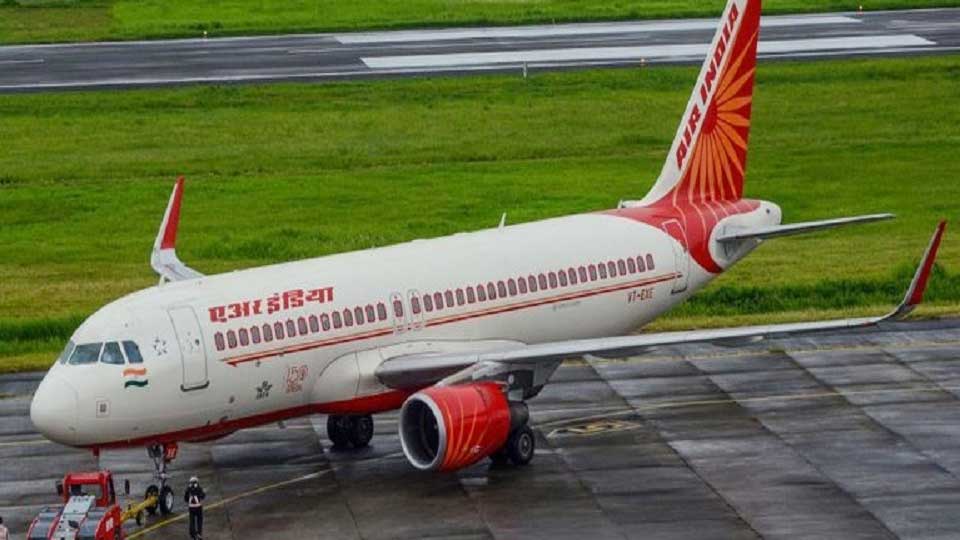
Dhaka: Singapore has officially classified severe turbulence as a key safety risk, following two serious incidents last year — one of which resulted in a passenger’s death.
In a newly released report, the Civil Aviation Authority of Singapore (CAAS) listed severe turbulence among “state-level safety risks,” alongside mid-air collisions, loss of control in-flight, and runway excursions.
The move follows two turbulence-related incidents involving Singapore Airlines flights in 2023. On 21 May, a Boeing 777 flying from London to Singapore encountered extreme turbulence over Myanmar, leading to the death of 73-year-old British passenger Geoff Kitchen and multiple injuries.
The aircraft experienced a sudden 178-foot drop in just 4.6 seconds — equivalent to a vertical speed of 26 mph. Kitchen reportedly died of a suspected heart attack during the incident.
In a second incident on 6 September, a Boeing 787-9 operated by Singapore Airlines' partner Scoot hit turbulence during its descent into Guangzhou, injuring four passengers and three crew members.
In response, CAAS said Singapore’s airlines have introduced additional training for flight crews, including turbulence-related scenarios.
The use of advanced weather radars and turbulence detection tools has also helped crews avoid hazardous conditions.
CAAS added that it is working with international aviation authorities to enhance forecasting systems and promote onboard turbulence detection technologies.
The report also highlights other emerging safety challenges, such as interference with satellite navigation systems and the safe integration of new technologies into aviation.
A total of 45 actions have been outlined in Singapore’s updated National Aviation Safety Plan to address these risks.
“Aviation safety is critical as Singapore’s air traffic reaches record highs and continues to grow,” said CAAS Director-General Han Kok Juan.
“The National Aviation Safety Plan is a call to action for the sector to remain vigilant and work together to ensure safety.”
-B












